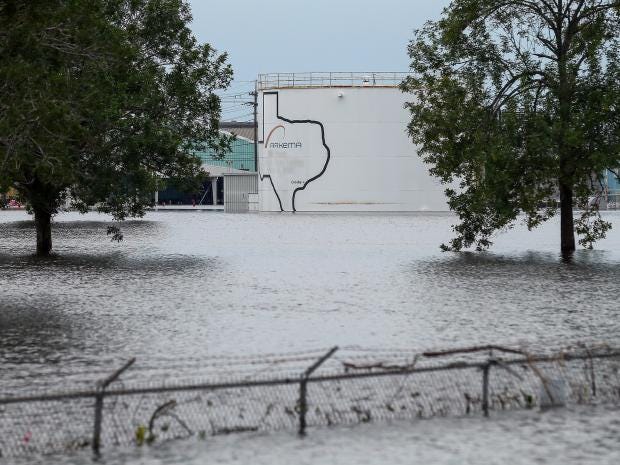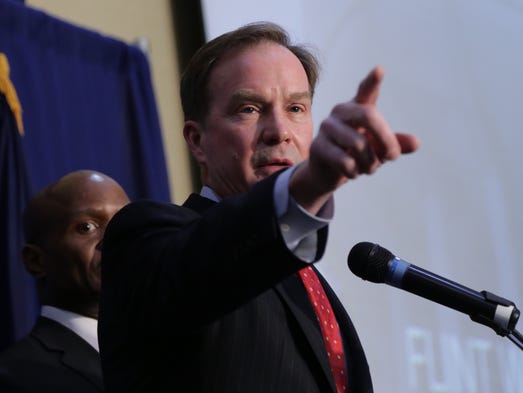
It has now been exactly ten years since the U.S. Supreme Court opened the floodgates for special-interest political advertising in its Citizens United ruling. To mark the occasion, the Center for Responsive Politics has published an excellent report detailing how political spending has changed over the last decade.
One significant finding is that, although Citizens United overturned the prohibition on independent political expenditures by corporations, most companies have not taken advantage of that new right directly. The biggest surges in spending have come from wealthy individuals and from Super PACs.
This is not to say that corporations have stayed on the sidelines. CRP notes that they are funneling much of their spending through trade associations and dark money groups that do not disclose their donors.
To emphasize its point about the limited role of corporations in independent expenditures, the CRP report notes that only 36 companies in the S&P 500 have contributed $25,000 or more to Super PACs since 2012. The report notes that the biggest of these spenders are oil and gas companies but otherwise does not identify them.
Karl Evers-Hillstrom, the author of the report, agreed to share the full list with me, so I could learn more about which corporations are bucking the trend and getting more directly involved with political spending.
Seven of the 36 are those oil and gas companies, including giant producers such as Chevron and ConocoPhillips as well as the big fracking player Devon Energy. The utility industry accounts for eight of the 36 and includes some of the largest contributors to air pollution and carbon emissions: American Electric Power, Duke Energy, Exelon and Southern Companies.
Only three other industries account for more than one of the corporations on the list: insurance (Anthem, Centene and MetLife), casinos (Wynn Resorts and MGM Resorts International) and telecommunications (AT&T and Charter Communications).
The remainder consists of 14 corporations from different industries such as pharmaceuticals (Merck), tobacco (Altria), retail (Walmart), banking (BB&T, now part of Truist Financial) and miscellaneous manufacturing (3M).
The list thus includes some of the most controversial companies from many of the most controversial industries. Among the 36 are some firms that were involved in contentious mergers (e.g. AT&T’s acquisition of Time Warner) and policy issues (Anthem and Centene are big players in healthcare). After fighting for years over federal regulation of tobacco, Altria has moved into the contested business of vaping. Walmart was embroiled in a foreign bribery investigation.
One thing that characterizes nearly all the companies on the list is the fact that they have been implicated in significant compliance breaches. I checked the whole list against the data in Violation Tracker and found that the 36 firms account for more than $29 billion in fines and settlements.
The biggest penalty totals belong to Occidental Petroleum ($5.4 billion), American Electric Power ($4.8 billion), Merck ($3.3 billion) and Walmart ($2 billion). There are six other companies with totals of $1 billion or more. The average penalty for the 36 companies is $844 million.
What all this suggests is that, while most companies are not making full use of Citizens United, corporations that are engaged in controversial activities and have serious compliance problems can take advantage of the ruling and employ their financial resources to try to manipulate public policy in their favor. The threat to democracy thus remains.
 Much of the Gulf region remains flooded, people are still being rescued, and the full magnitude of the damage is not yet known. But soon the center of attention will be the rebuilding effort and how to pay for it.
Much of the Gulf region remains flooded, people are still being rescued, and the full magnitude of the damage is not yet known. But soon the center of attention will be the rebuilding effort and how to pay for it.
